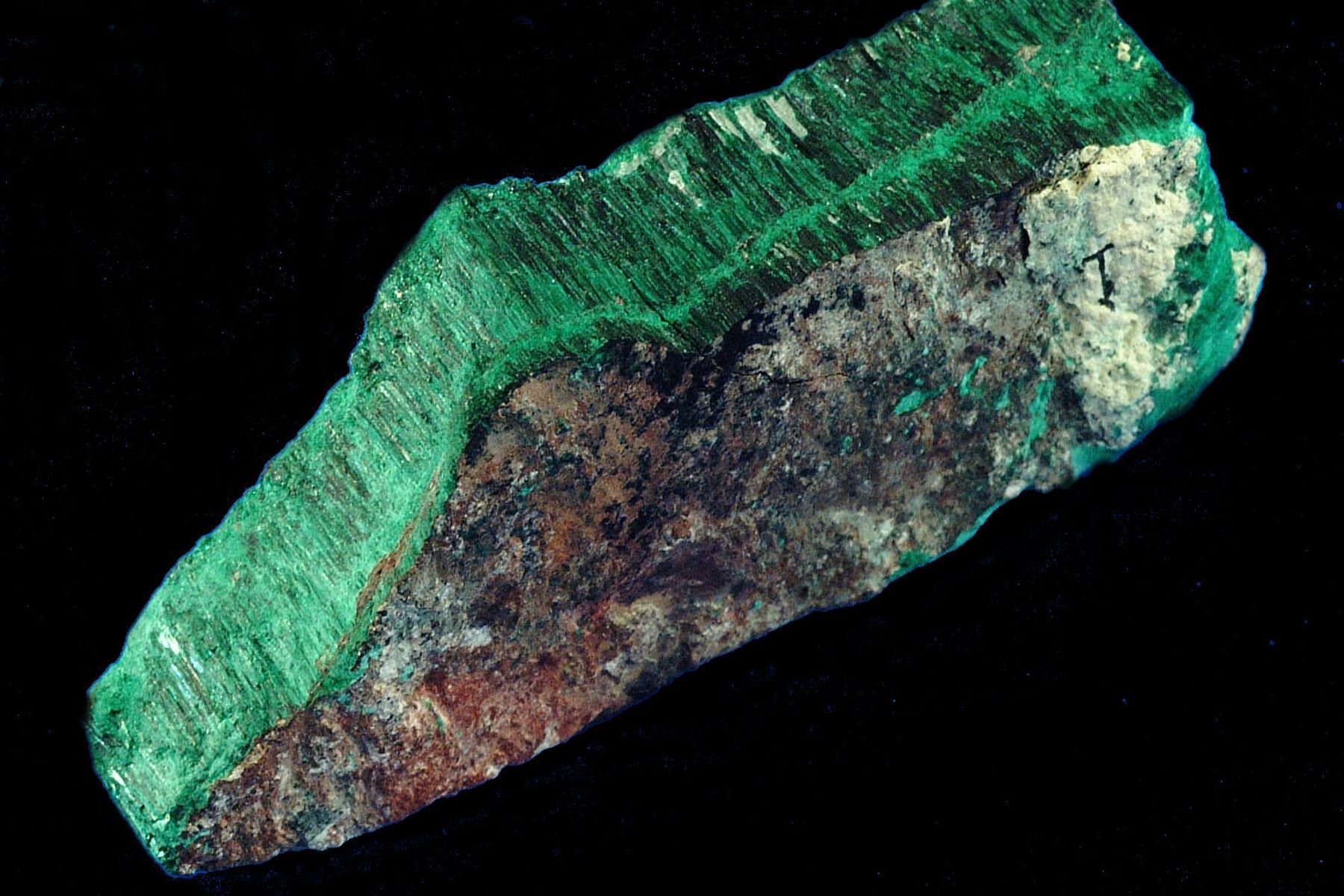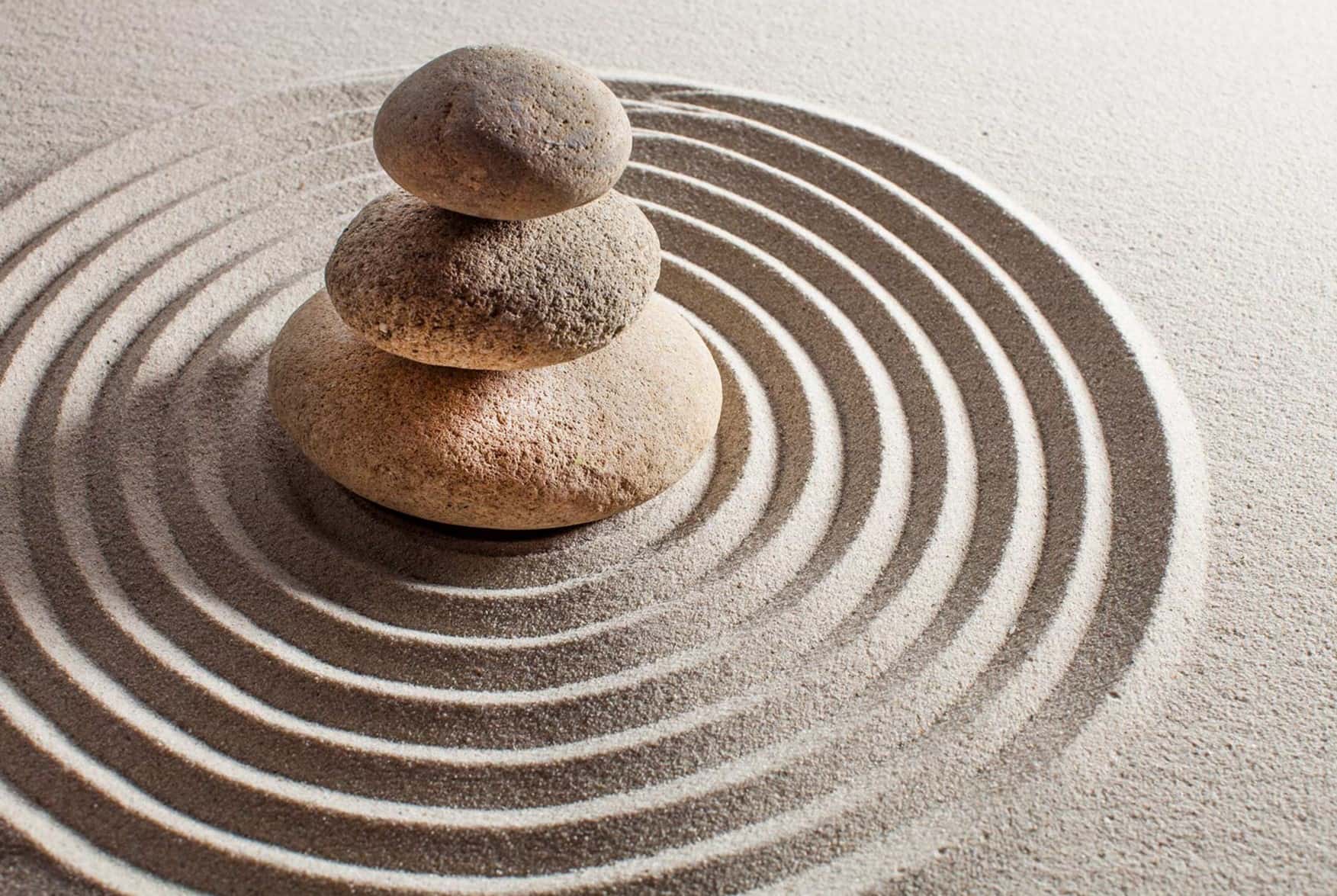
Antlerite is a fascinating mineral that often catches the eye of geologists and collectors alike. Found primarily in arid regions, this copper sulfate mineral boasts a striking green color that makes it stand out. But what exactly makes Antlerite so special? For starters, it forms in oxidized zones of copper deposits, which means it often appears alongside other minerals like malachite and azurite. Its unique crystal structure and vibrant hue make it a subject of study and admiration. Whether you're a budding geologist or just curious about minerals, learning about Antlerite can be both educational and exciting. Ready to dive into some intriguing facts about this captivating mineral? Let's get started!
Key Takeaways:
- Antlerite, a green copper mineral, is found in various countries and has uses in collector's items, geological research, education, and even jewelry. It's a unique mineral with striking properties and a rich history.
- Antlerite's green color, unique crystal structure, and presence in copper deposits make it valuable for collectors, researchers, and artists. Its uses range from educational tools to indicators for mining, showcasing its versatility and significance in the earth sciences.
What is Antlerite?
Antlerite is a fascinating mineral that has intrigued scientists and collectors alike. It is known for its unique properties and striking appearance. Let's dive into some interesting facts about this mineral.
- Antlerite is a copper sulfate mineral with the chemical formula Cu₃(SO₄)(OH)₄.
- It was first discovered in 1889 in the Antler Mine in Arizona, which is how it got its name.
- This mineral typically forms in arid, oxidized zones of copper deposits.
- Antlerite is often found in the company of other copper minerals like malachite, azurite, and brochantite.
- It usually appears in shades of green, ranging from pale to dark green.
- The mineral has a monoclinic crystal system, meaning its crystal structure is asymmetrical.
- Antlerite crystals are often needle-like or prismatic, making them quite striking under a microscope.
- It has a hardness of 3 to 3.5 on the Mohs scale, making it relatively soft.
- The mineral has a vitreous to silky luster, giving it a shiny appearance.
- Antlerite is translucent to opaque, depending on the sample's quality.
Where is Antlerite Found?
Antlerite is not just limited to Arizona; it has been discovered in various locations around the world. Here are some notable places where antlerite can be found.
- Besides Arizona, antlerite is found in Chile, particularly in the Atacama Desert.
- It is also present in Australia, especially in the copper mines of Queensland.
- Namibia is another country where antlerite deposits have been located.
- In the United States, antlerite can be found in New Mexico and Utah.
- Greece has also reported occurrences of antlerite in its copper mines.
- Mexico is another country with notable antlerite deposits, particularly in the state of Sonora.
- Zambia has also been known to produce antlerite, especially in its copper-rich regions.
- Russia has reported findings of antlerite in the Ural Mountains.
- Peru is another South American country where antlerite can be found.
- Spain has also reported occurrences of this mineral in its mining regions.
Uses of Antlerite
While antlerite is not as commercially significant as some other minerals, it still has its uses. Here are some ways antlerite is utilized.
- Antlerite is primarily used as a collector's mineral due to its unique appearance.
- It is also studied in geological research to understand the oxidation zones of copper deposits.
- Some antlerite samples are used in educational settings to teach students about mineralogy.
- It can also be used as an indicator mineral in mining to locate other copper deposits.
- In some cases, antlerite is used in jewelry, although this is rare due to its softness.
- It has been used in scientific studies to understand the formation and alteration of copper minerals.
- Antlerite can also be found in museum exhibits, showcasing its unique properties and history.
- Some artists use antlerite in mineral art, creating pieces that highlight its striking green color.
- It is sometimes used in decorative pieces, although its softness makes it less durable.
- Antlerite is also of interest to environmental scientists studying the effects of mining on the environment.
Interesting Facts about Antlerite
Antlerite has some unique characteristics that make it stand out among other minerals. Here are some intriguing facts about this mineral.
- Antlerite can form pseudomorphs, where it replaces another mineral while retaining the original mineral's shape.
- It is often found in oxidized zones of copper deposits, indicating the presence of other valuable minerals.
- Antlerite can be synthesized in a lab, which is useful for scientific research.
- The mineral can alter to other copper minerals like brochantite and malachite under certain conditions.
- Antlerite is sometimes mistaken for other green copper minerals, but its unique properties help distinguish it.
- It has a specific gravity of 3.9 to 4.0, making it relatively dense.
- Antlerite can be sensitive to humidity, which can cause it to alter over time.
- The mineral is often found in association with limonite, a common iron oxide.
- Antlerite's crystal habit can vary, sometimes appearing as crusts or aggregates.
- It is often used in mineralogical studies to understand the processes of mineral formation and alteration.
Antlerite: A Hidden Gem
Antlerite, a lesser-known copper mineral, holds a treasure trove of fascinating facts. Found in arid regions, this greenish mineral forms through the oxidation of copper sulfides. Its striking color and unique crystal structure make it a favorite among mineral collectors. Antlerite's presence often signals rich copper deposits, making it valuable for mining operations. Despite its beauty, it's not commonly used in jewelry due to its relative softness. However, its role in copper extraction and its aesthetic appeal in collections can't be overstated. Understanding antlerite's properties and formation helps geologists locate new copper sources, contributing to advancements in mining and resource management. This mineral, though not as famous as others, plays a crucial role in both scientific study and industrial applications. Next time you see a piece of antlerite, remember the hidden stories it holds within its vibrant green crystals.
Frequently Asked Questions
Was this page helpful?
Our commitment to delivering trustworthy and engaging content is at the heart of what we do. Each fact on our site is contributed by real users like you, bringing a wealth of diverse insights and information. To ensure the highest standards of accuracy and reliability, our dedicated editors meticulously review each submission. This process guarantees that the facts we share are not only fascinating but also credible. Trust in our commitment to quality and authenticity as you explore and learn with us.


